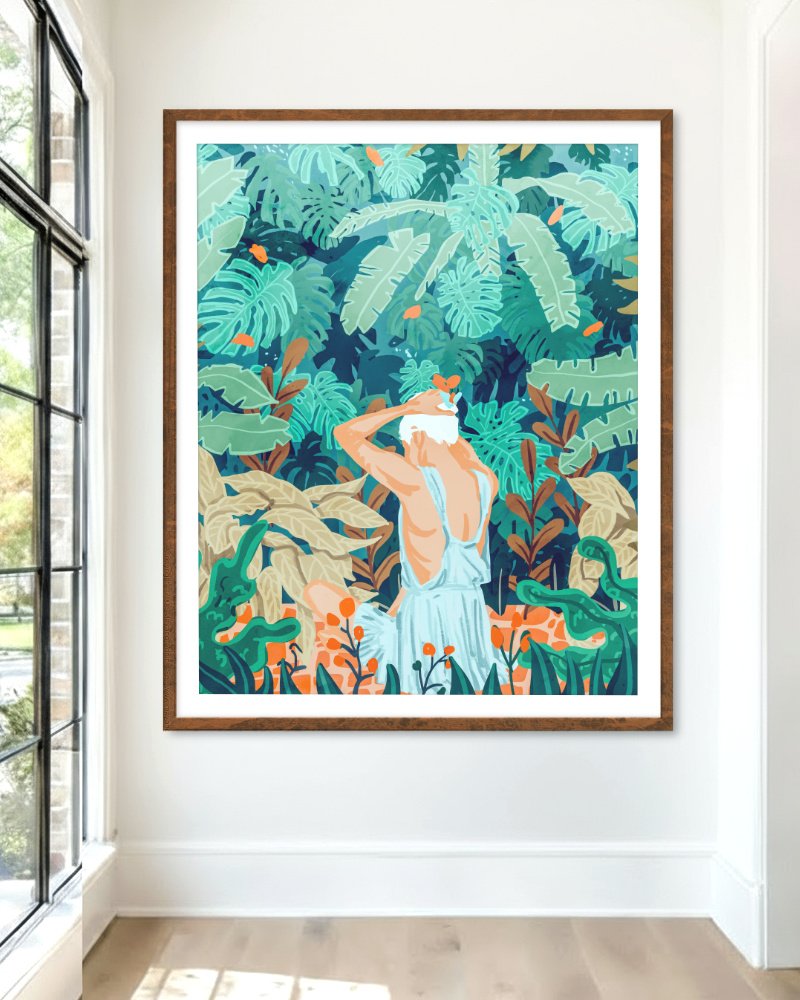If you’re decorating a space and want to add personality and beauty to your walls, you’ll quickly come across two popular options: art prints and posters. At first glance, they may seem similar, but they differ in quality, longevity, and overall impact. Here’s a breakdown to help you make the right choice for your space.
What is an Art Print?
An art print is a high-quality reproduction of an original artwork. It is typically printed on thick, archival-grade paper or canvas using professional inks that are fade-resistant and rich in color. Art prints are often signed or numbered, especially when sold in limited editions, and they closely replicate the look and feel of an original piece.
Key Features of Art Prints:
- Printed on premium, heavyweight paper or canvas
- Archival inks ensure vibrant, long-lasting color
- Often hand-signed or part of a limited edition
- Designed to be framed and displayed as fine art
Perfect For: Art lovers, interior decorators, or anyone looking to invest in lasting, statement-making wall art.
What is a Poster?
A poster is usually mass-produced on thinner paper, designed for casual or temporary display. While posters can still feature beautiful imagery, they often lack the depth and quality of art prints. Posters are typically associated with pop culture, advertising, or educational purposes, and they are more budget-friendly.
Key Features of Posters:
- Printed on lightweight, inexpensive paper
- Often glossy and less resistant to fading
- Mass-produced, not usually signed or numbered
- Great for temporary or informal decoration
Perfect For: Students, renters, or anyone seeking affordable, trend-forward wall decor.
Which Should You Buy?
The choice depends on your budget, style, and intention for the space.
- Choose an art print if you want something timeless, elegant, and worthy of a frame. It’s an investment in beauty and craftsmanship.
- Choose a poster if you’re decorating on a tight budget, want to swap out your wall decor often, or love bold, trendy designs.
At 83 Oranges, our art prints are professionally printed on museum-quality paper with richly pigmented inks, bringing vibrant, tropical, and modern vibes to your walls that last.
Final Thoughts
Whether you’re curating your first gallery wall or upgrading your living room aesthetic, understanding the difference between art prints and posters helps you make a more informed choice. Art prints offer lasting beauty and elevate your space, while posters are a fun and affordable way to express your personality.
Whichever you choose, make sure it sparks joy every time you see it.
Explore our curated collection of art prints at 83oranges.com and find the perfect piece for your home.
